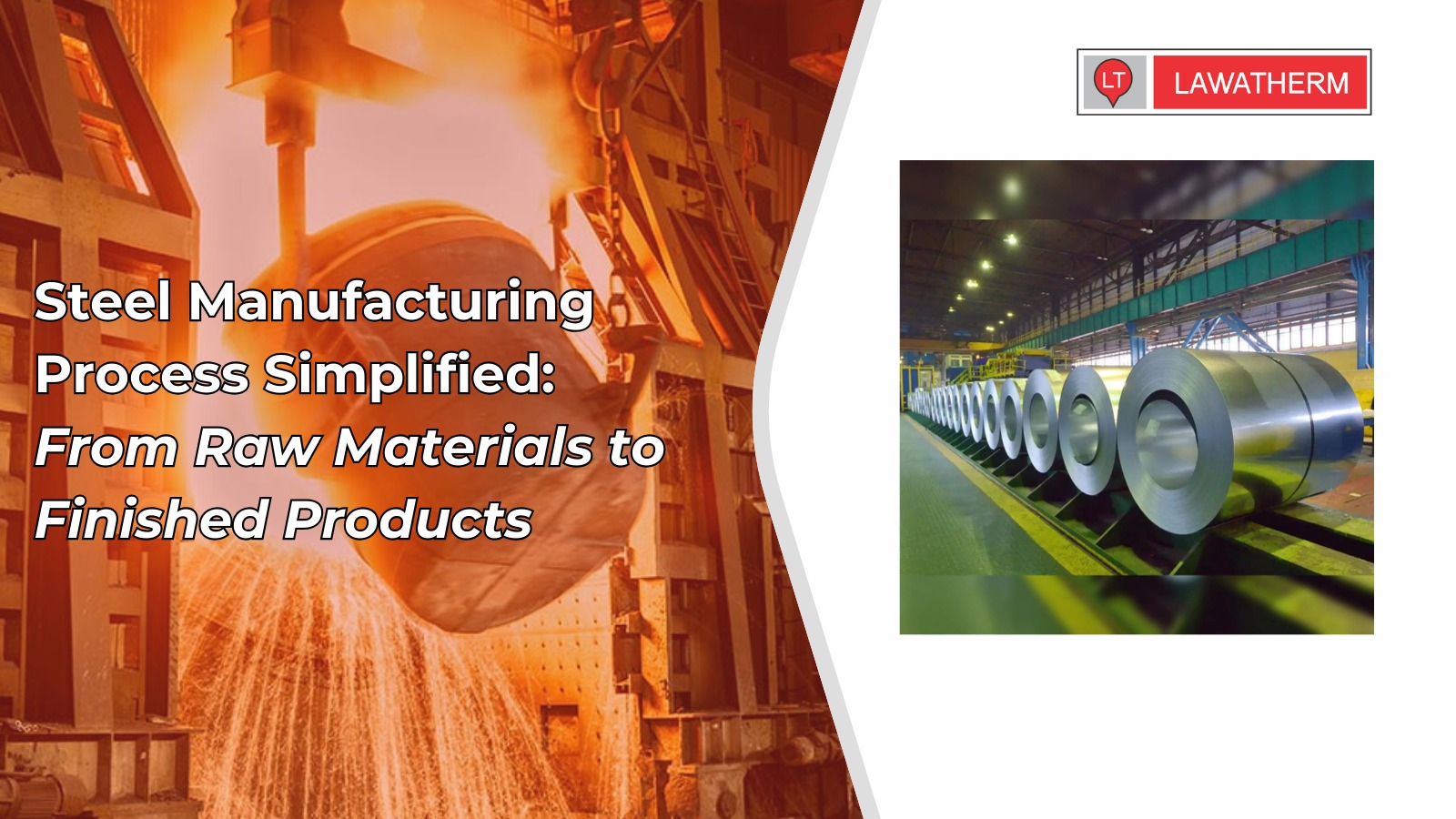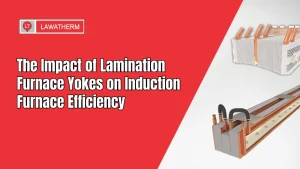Steel is everywhere—buildings, bridges, cars, machines. You probably don’t think about it often, but making it is a long, demanding process. Every stage relies on good equipment and people who know what they’re doing. At Lawatherm, we’ve spent years working with those people, supplying them with the right induction furnace components, copper induction coils, and other parts they actually need—not just what looks good on paper.
Starting with Raw Materials
Steel starts out simple: iron ore, coke, and limestone. You heat them up, melt them down, and try to control a very volatile mix. Each material plays a role—coke pulls oxygen from the iron, and limestone binds with impurities. It sounds straightforward, but it’s not always predictable. A slight variation in ore quality can throw things off.
We’ve seen plants struggle with consistency at this stage. That’s why we design parts that hold up under harsh conditions—where slag forms, temps spike, and everything runs hot and fast. No room for weak components.
Induction Furnaces: The Heart of the Process
You melt everything in an induction furnace—using electromagnetic fields, not open flames. It’s cleaner and more controlled. Honestly, once you’ve worked with one, it’s hard to imagine going back to anything else.
But they only work if the parts inside hold up. Copper induction coils, for example, are one of those things you don’t notice until they fail. And when they do, it usually happens mid-run, which—well, let’s just say no one wants to shut down in the middle of a melt.
That’s why we focus on quality coils. Ones that give you stable fields, melt evenly, and don’t short out after a few months.
Refining the Melt
Once the metal’s molten, you clean it up—remove oxygen, sulfur, anything that weakens the steel. Sometimes you add alloys like chromium or nickel. It depends on the grade you’re aiming for.
Here’s the thing: temperature control matters more than most people think. A few degrees off, and the whole composition shifts. So you need equipment that responds quickly. That’s where dependable induction furnace components make a real difference.
Casting and Cooling
After refining, the steel gets cast into billets, blooms, or slabs. It cools, solidifies, and takes shape. This part seems routine, but actually—cooling too fast or unevenly? That’s how cracks happen. Internal stress and tiny defects are hard to spot until it’s too late.
We’ve seen plants cut down on reject rates just by upgrading cooling controls or switching to better coils. Not always a dramatic change, but steady improvements add up.
Rolling and Forming
Once solid, steel is rolled into beams, sheets, wires—whatever the end use is. Hot rolling shapes big structural stuff. Cold rolling gives you finer detail.
At this stage, it’s about uptime. If your equipment stalls, the whole line backs up. So we keep our focus here too—offering spares that hold up, especially under continuous use. I remember visiting a plant where one failing coil terminal held up production for nearly six hours. You don’t forget that.
Testing the Final Product
Before anything ships, there’s testing. You check strength, grain structure, and chemical composition. A single failed batch costs time and money. Worse if it reaches a customer.
This part isn’t flashy, but it’s where the work shows. Quality here reflects quality in every step before it. At Lawatherm, we support that by offering parts that keep your processes stable and predictable.
Not Just a Supplier
You can have top-tier raw materials and the latest equipment, but if your spares can’t keep up, you’ll keep fixing things instead of producing steel. That’s where we come in. We help with the day-to-day—replacing a worn-out induction heater yoke, troubleshooting a faulty furnace spare part, or recommending a better copper induction coil.
Sometimes the job feels more like problem-solving than just supplying parts. And honestly, that’s the part we enjoy most.




